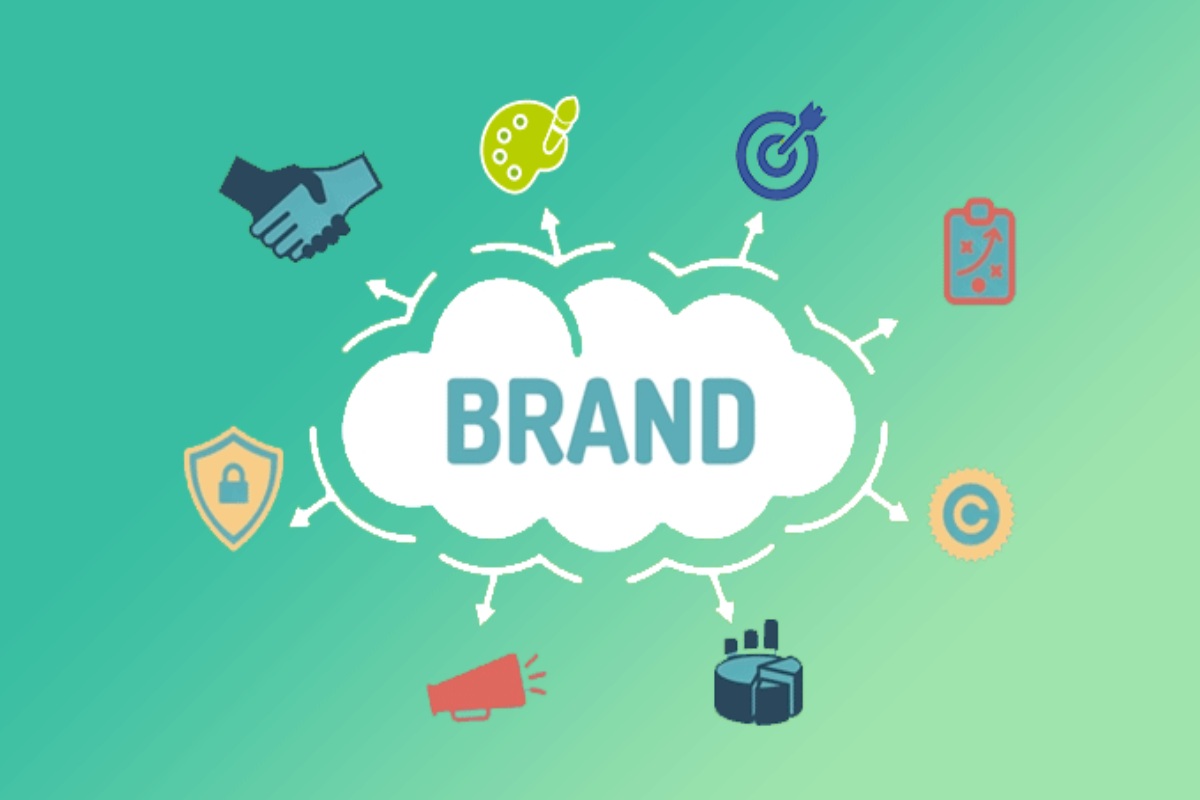What brand-building essentially does is send out a message to the audiences, telling who the brand is, what they believe in, what their values are, and why they are unique. Brand building is one of the biggest steps to establishing a reputation for yourself in the market, not to mention a steady and loyal pool of customers who buy and re-buy from you. Brand building can easily be referred to as the much-needed foundation for a business’ prosperity and growth in the long run.
This might make you question – how exactly is brand building done? Brand building is a process rather than a single-step event and revolved around seven basic phases – brand team development, business analysis, customer and market analysis, brand positioning, message development, execution, monitoring, and measurement. Getting help from a reputed brand strategy agency covers all these steps for you, including the finer details you might end up overlooking.
Table of Contents
Phase 1: Brand Team Development
At the root of a successful brand-building initiative lies the efforts of a robust, well-balanced brand team. Involving both the top leadership of the company and fresh designers packed with lots of great ideas, developing a strong brand team is the first step to establishing brand identity in the long run. The brand team should ideally be cross-organizational and hold a diversity of experience and ideas to be able to combine valuable insights with fresh innovations and lay the ground for well-informed decision making in the brand-building process.
Phase 2: Understanding the Business Environment
The next important step is to analyze your own business to understand and specifically detail out your mission, vision, goals, and objectives, along with your target audience and chief competitors. Unless you provide customers solutions that are aligned with your business goals, you are not really establishing an identity for your brand at all.
This step, therefore, includes several basic and advanced analytics tools that the brand team can use, along with valuable insights from the top hierarchy, to establish the brand’s values. Vision and mission statements, SWOT analysis, PEST analysis, and goal prioritization are just some of the few, allowing designers, managers, marketers, and business owners to frame the best onward strategy for their respective fields.
Phase 3: Customer and Market Analysis
Once you have internally researched and established an identity for your brand, it is time to look outside into the market and grasp the evolving needs of the customer. This is when you may want to conduct surveys, experiment with offerings to gauge the response of customers, and perform secondary research and competitor analysis to understand the highs and lows of the market. The idea is to use this stage to fill in the “why” and “what” blanks for your brand-building initiative.
Phase 4: Brand Positioning
Once you have already studied the market, your competitors, and customer demand in detail, you can go on to identify what is it that you will be offering uniquely. The idea is to understand where you fit into the market and how considering you want to remain in for the long run. What unique value you offer to the customer, what will keep you relevant despite changing needs and how you plan on keeping the promises you have so far built in your brand building initiative must remain tested here.
Phase 5: Message Development
Once all the underlying parameters have been set, it is time to create and develop a strong message, including its visual and verbal design, that will actually remain the face of your brand. This includes visual elements such as brand logo, typography on your website and social media, colors, shapes, expressions, and the overall vibe that your digital products and platforms have to offer. Verbal elements span the name of your brand itself, its tagline, vision and mission statements, and so on.
Phase 6: Execution
Once the strategy has been laid out, it is time to go out and implement it in the real world. This stage needs to be as collaborative as possible, and not left on the shoulders of the marketing team alone. Insights and responses from across the organization will play an important role in determining the direction of brand building from here on. The focus must always be on maintaining the brand and its crux in all you do.
Phase 7: Monitoring and Measurement
Lastly, brand building is a continuous, non-stop process, that does not end with a website launch or a social media campaign. Only continuous monitoring, frequent measurement of performance, and then reinforcement with better and more relevant ideas can help take the brand’s identity to a new level.
One of the most common issues that organizations always end up succumbing to is that the original intent and vibe of the brand degrades over time. It simply isn’t fun anymore to stick to the old ideas, and why shouldn’t they be? Brand building is a dynamic and ever-changing process that must take remain treated as a marathon. Improvisation and subtle changes, without changing the underlying vision of the brand or its long-established values, are always welcome.
After all, the environment will get more and more competitive over time, and the entire idea of establishing your brand identity rests on the pillars of lending a unique value for customers to keep coming back to you. This is what makes brand building a dynamic, ever-changing, and ever-evolving process.

